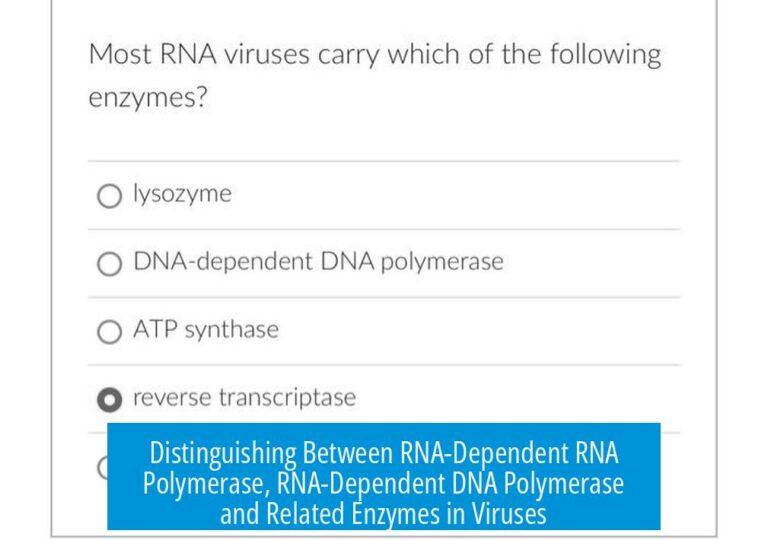How to Make Nitric Acid Without Having Nitric Acid Initially
Producing nitric acid without an existing supply is complex but feasible through methods centered on nitrogen oxidation and nitrate chemistry. Nitrogen gas (N2) in the atmosphere is notably unreactive, requiring specialized conditions to convert it into nitric acid (HNO3). This article outlines practical chemical and industrial approaches to synthesize nitric acid from raw materials, without relying on pre-made nitric acid.
Direct Chemical Synthesis from Atmospheric Gases
One classical approach involves oxidizing atmospheric nitrogen and then hydrating the nitrogen oxides formed.
- Burning Nitrogen in Oxygen-Deficient Conditions: Nitrogen is heated and partially oxidized in oxygen-limited settings, producing nitrogen dioxide (NO2). When NO2 dissolves in water, it forms nitric acid. This pathway requires carefully controlled stoichiometry to avoid excess oxygen that favors other nitrogen oxides.
- Using Ozone to Enhance Oxidation: Introducing ozone (O3) can produce dinitrogen pentoxide (N2O5), an anhydride of nitric acid. Hydrating N2O5 yields nitric acid. However, handling ozone demands caution due to its oxidative power.
- Electric Arc Method: Passing air through a high-temperature electric arc generates nitric oxide (NO), which further oxidizes to NO2. This can then be absorbed into water, producing nitric acid. This method mimics natural lightning chemistry but requires specialized equipment.
Harvesting Nitrates from Natural or Organic Sources
Historically, humans harvested nitrates from organic material and natural deposits before industrial synthesis emerged.
- Decomposed matter such as guano (bird droppings) and compost accumulates nitrates via microbial action.
- Extracting nitrates from these materials, followed by acidification with a stronger acid, yields nitric acid.
Industrial Routes and Advanced Chemical Processes
Modern industrial synthesis predominantly follows the Ostwald process, starting from ammonia oxidation.
- Ammonia Oxidation: Ammonia (NH3) is catalytically oxidized to produce NO and NO2, which dissolve in water to form nitric acid. This requires elaborate reactors and high temperatures.
- Birkeland–Eyde Process: This older method uses electric arcs to fix atmospheric nitrogen. While historically important, it is less efficient and technically demanding for small-scale application.
Laboratory and Biochemical Options
- Oxidizing Nitrites to Nitrates: Converting nitrites (NO2−) to nitrates (NO3−) is experimentally accessible and can be performed in a standard lab.
- Bacterial Nitrate Production: Certain bacteria can convert nitrogen to nitrates naturally; cultivating these organisms in bioreactors is possible but complex.
Practical Alternatives
- Purchasing nitrate salts, such as potassium nitrate (KNO3), is often simpler.
- Reacting nitrate salts with a strong acid (e.g., sulfuric acid) liberates nitric acid.
Key Takeaways
- Direct synthesis from nitrogen involves oxidation under heat, electric arcs, or ozone presence, followed by hydration.
- Natural nitrate sources can be processed to obtain nitric acid via acidification.
- Industrial methods require sophisticated infrastructure, limiting home or small-lab production.
- Oxidation of nitrites and biotechnological approaches exist but are less practical.
- Acquisition of nitrate salts for acid production is a common practical workaround.
How can I make nitric acid by burning nitrogen without using existing nitric acid?
Burn nitrogen in oxygen-deficient conditions to form nitrogen oxides. Then hydrate these oxides, especially nitrogen dioxide, to get nitric acid. This method is difficult since nitrogen resists reacting easily.
Is it possible to produce nitric acid using an electric arc in air?
Yes. Passing air through a high-temperature electric arc makes nitrogen and oxygen combine into nitrogen oxides. These oxides dissolve in water to form nitric acid. It requires special equipment but no initial nitric acid.
Can nitrate salts be used to make nitric acid if I don’t have nitric acid initially?
Yes. If you have nitrate salts, mixing them with a strong acid releases nitric acid. Nitrate salts are sometimes easier to obtain or purchase and serve as a starting point to generate nitric acid.
What historical methods helped produce nitric acid or nitrates without industrial chemicals?
People harvested nitrates from organic wastes like bird guano or compost. Early methods extracted nitrates from these natural sources before modern chemical synthesis was available.
Is growing nitrifying bacteria a viable way to make nitric acid?
Bacteria can convert nitrogen into nitrates biologically. Culturing these bacteria to produce nitrates is possible but complex compared to chemical routes. It usually requires controlled bioreactors.





Leave a Comment